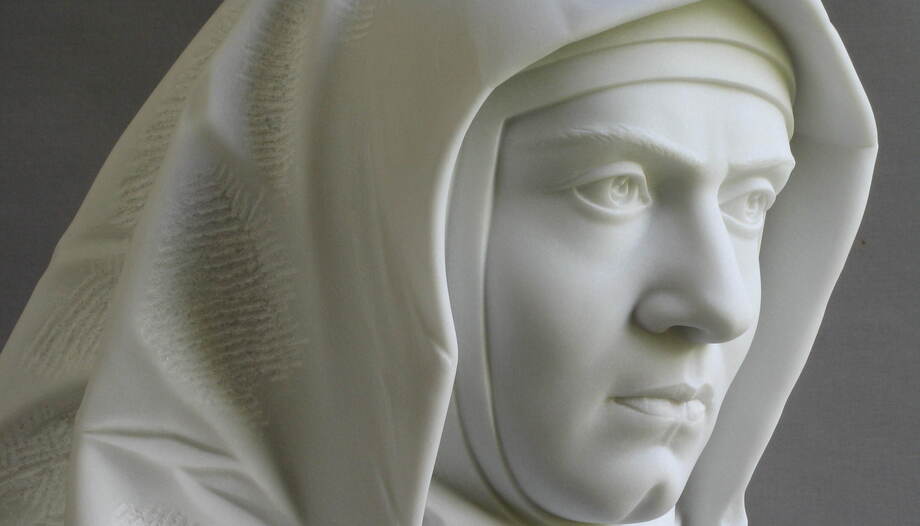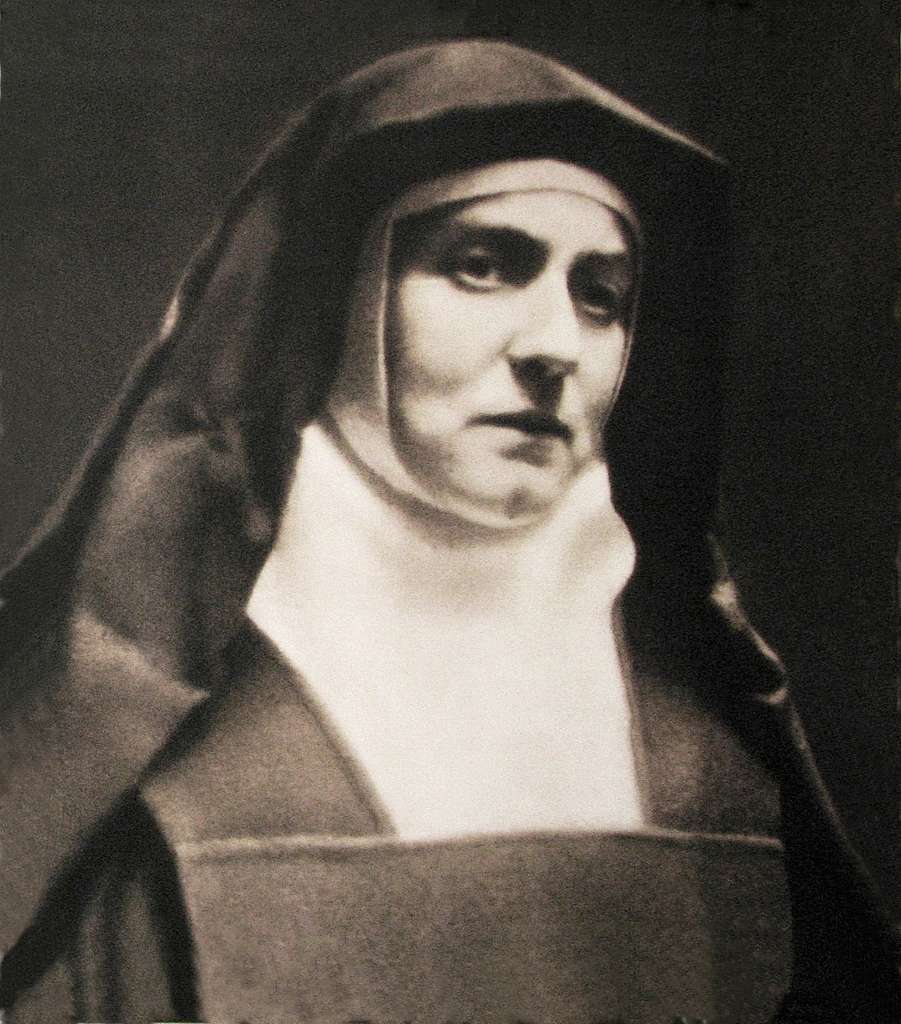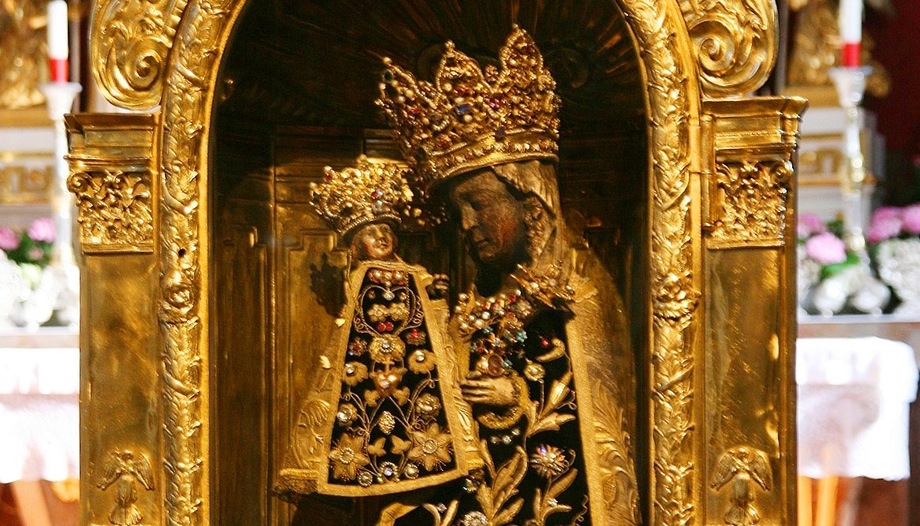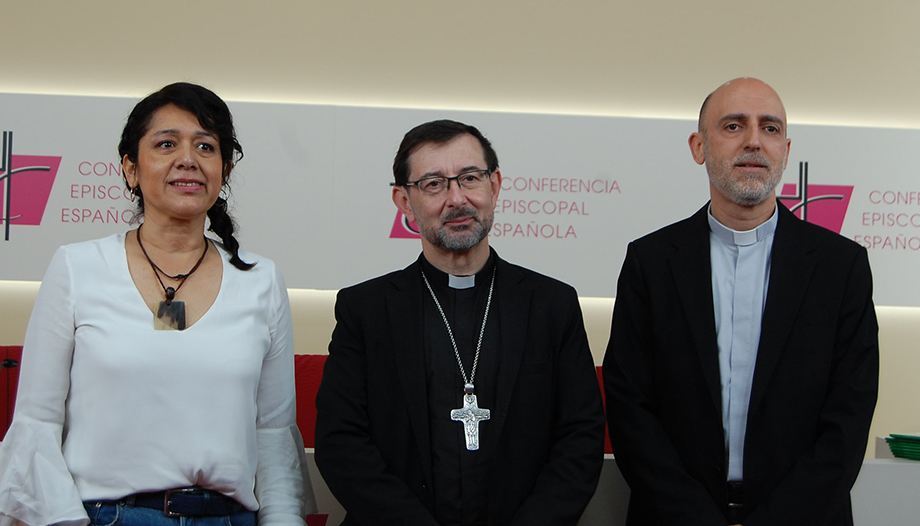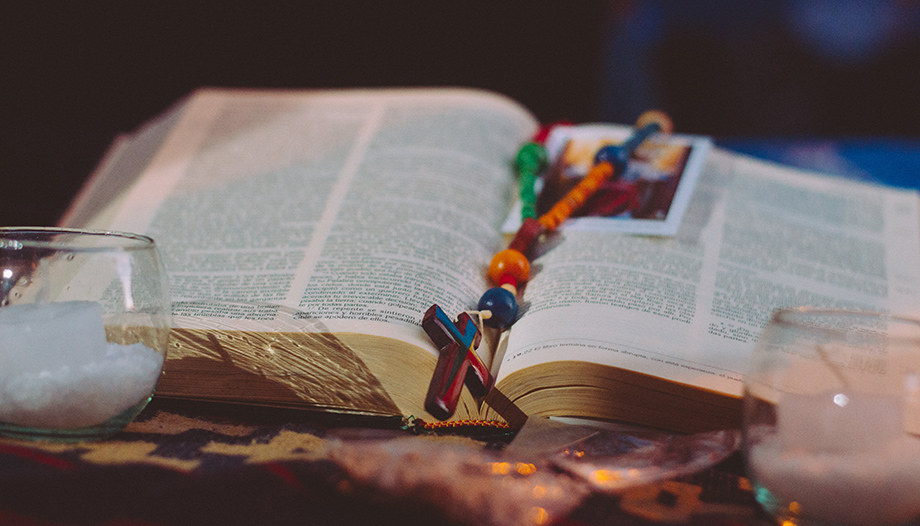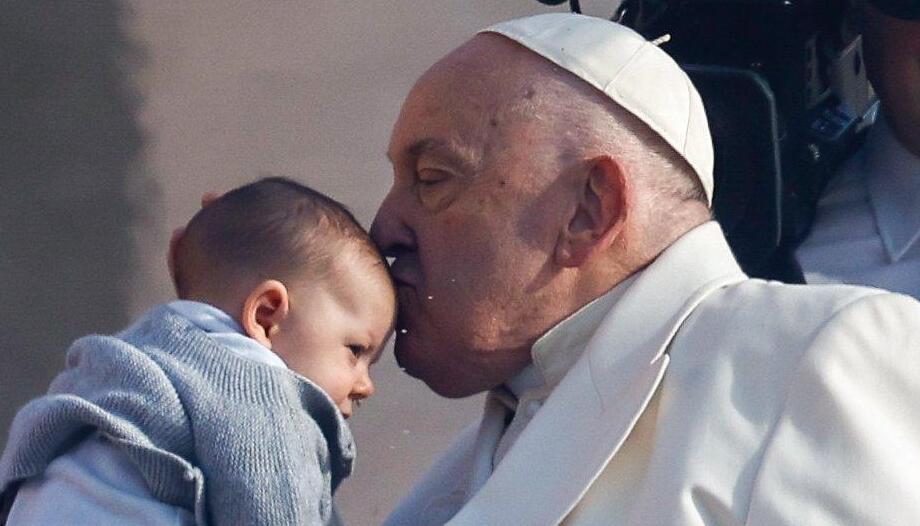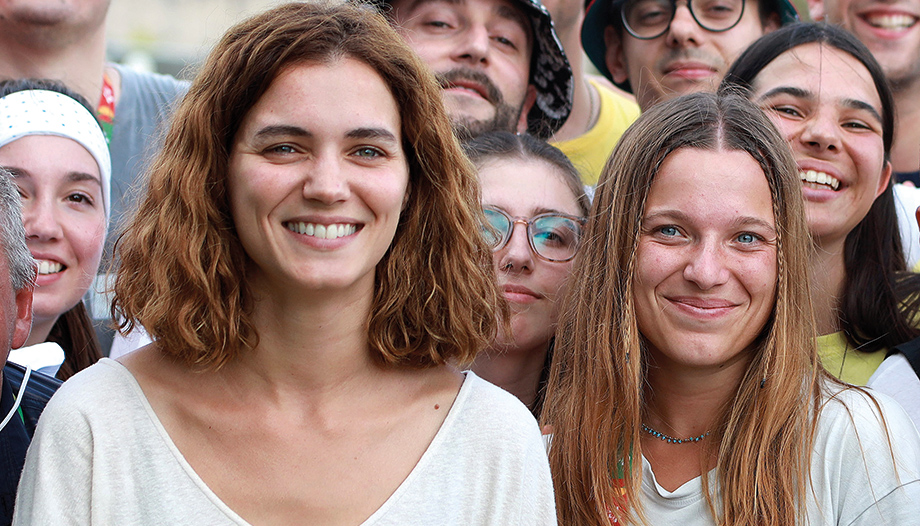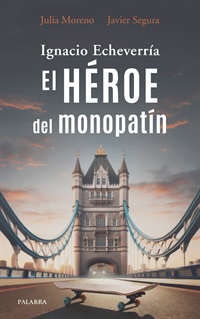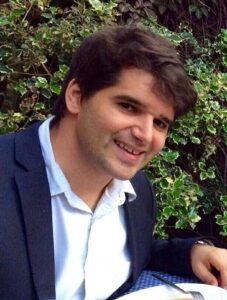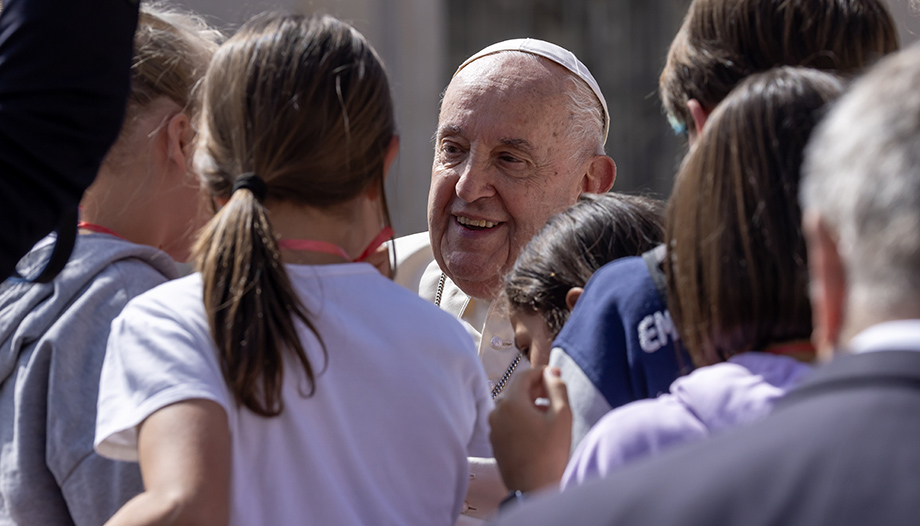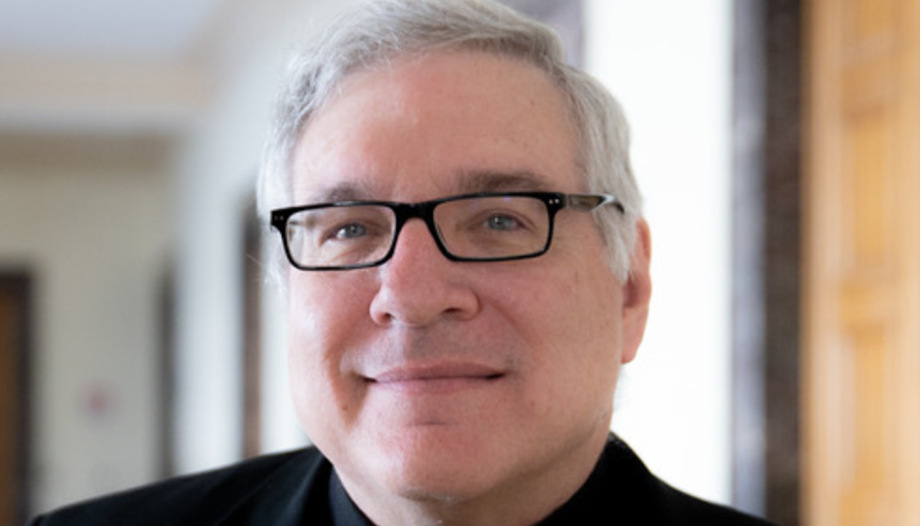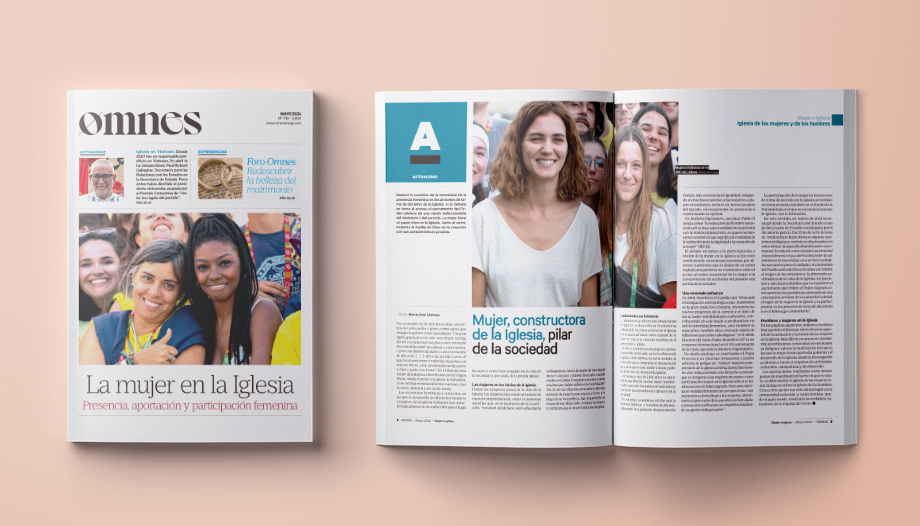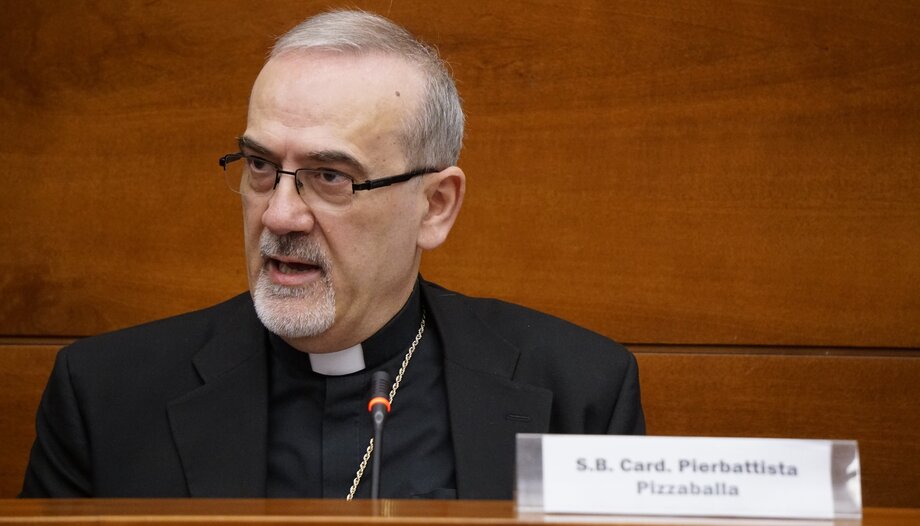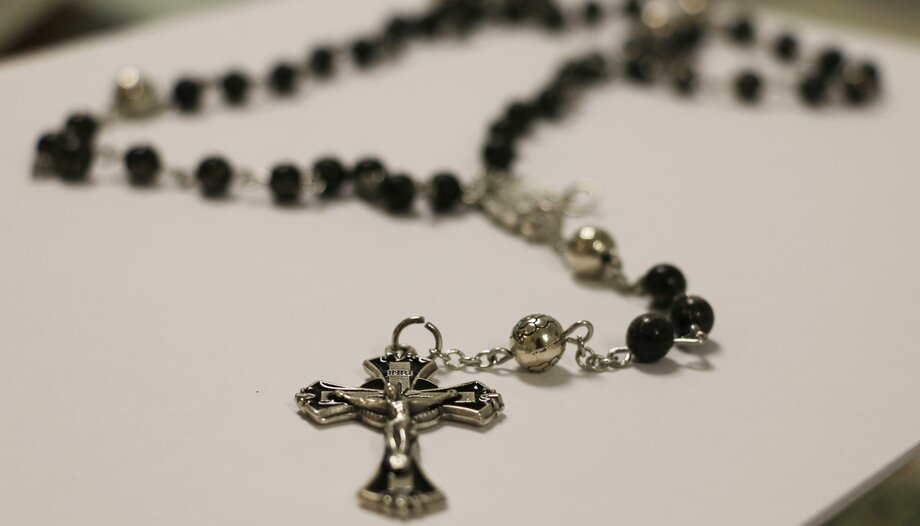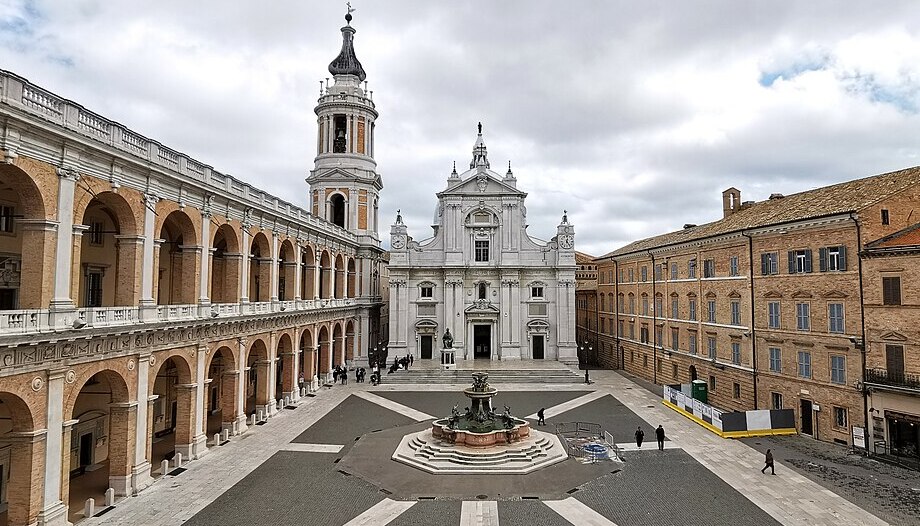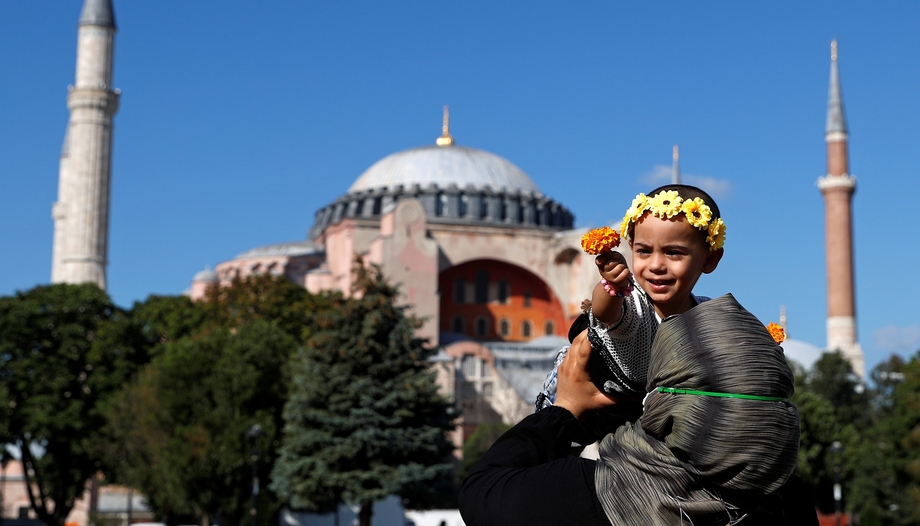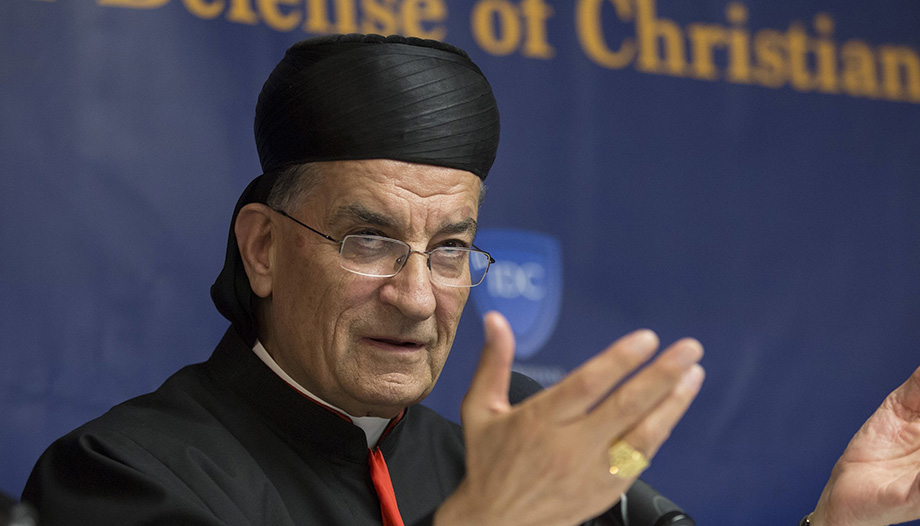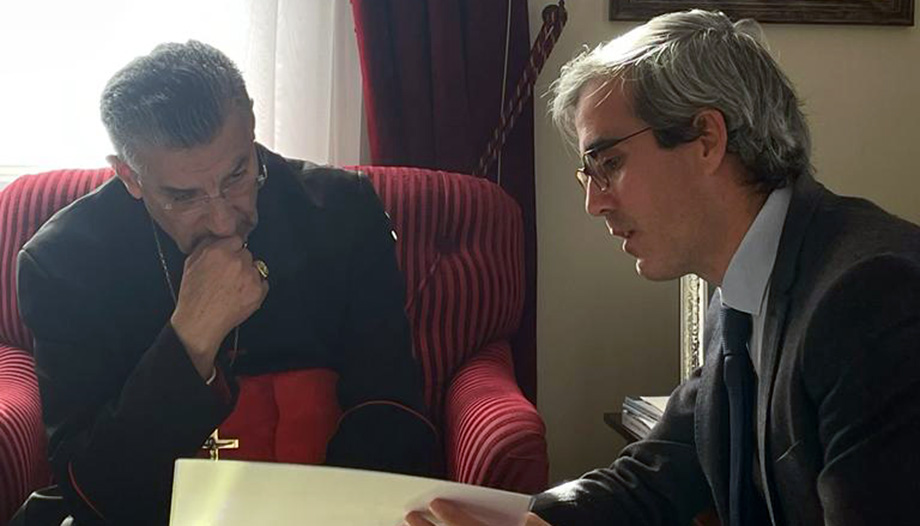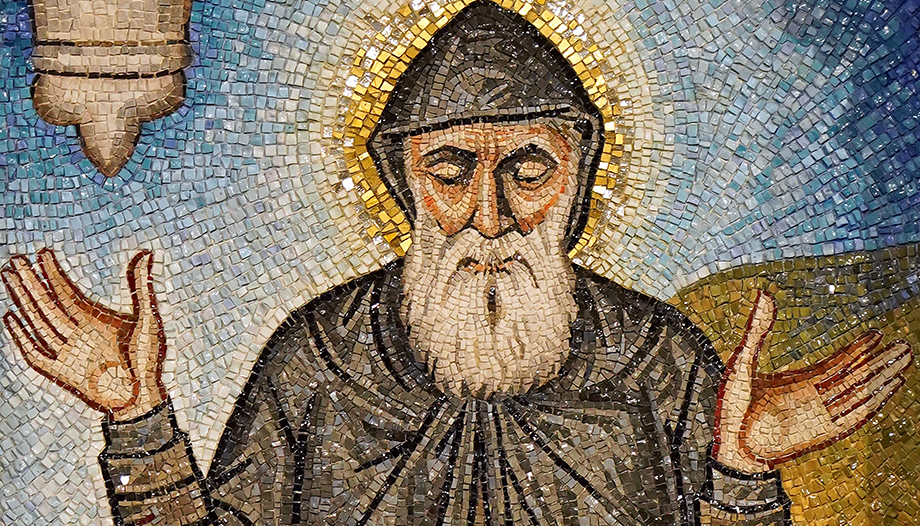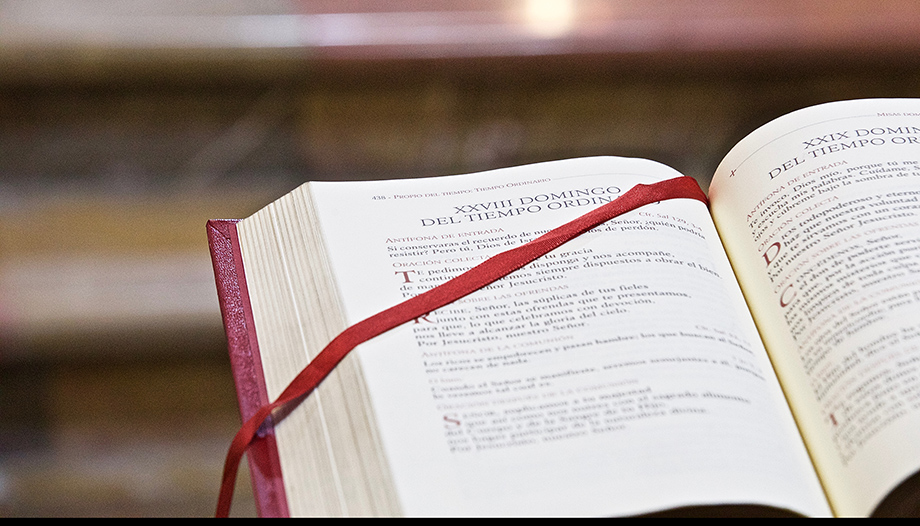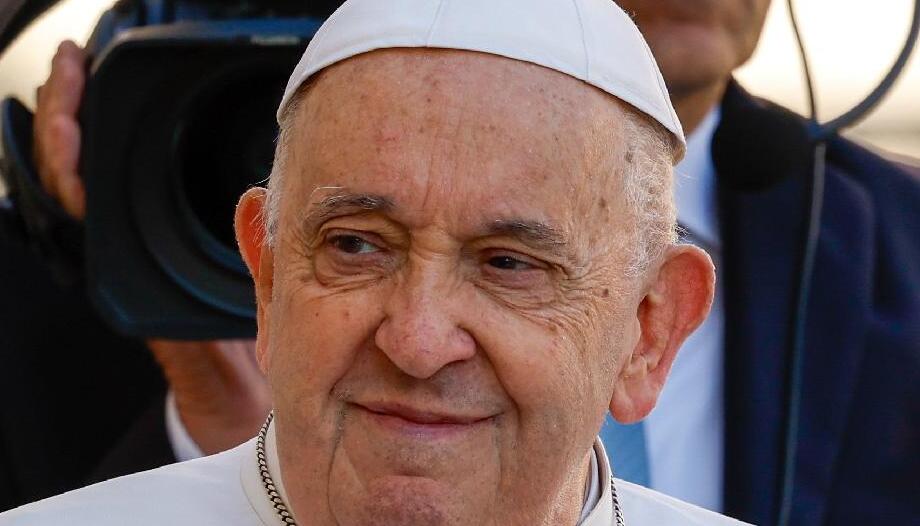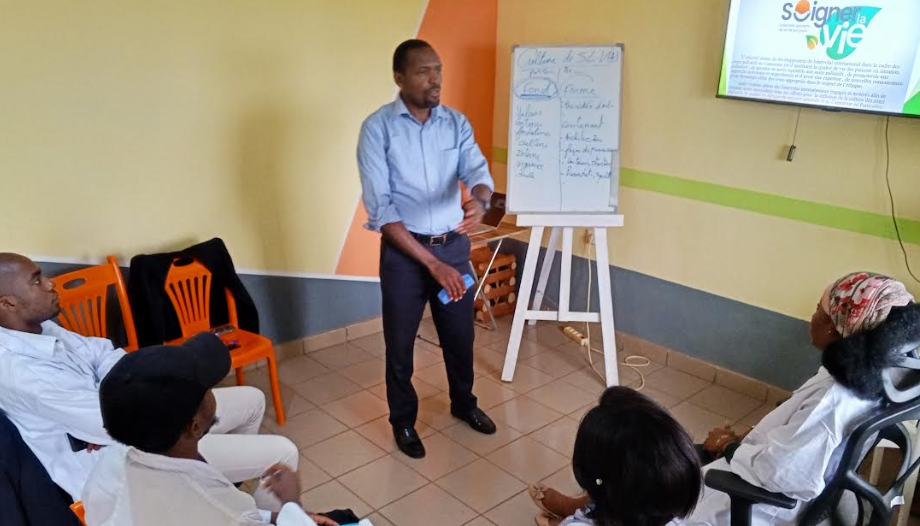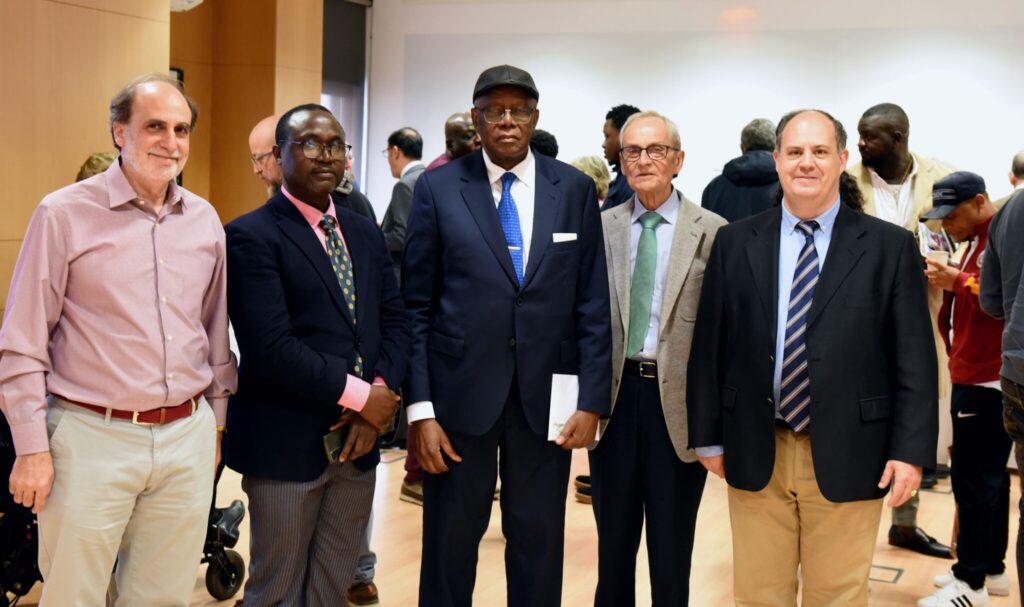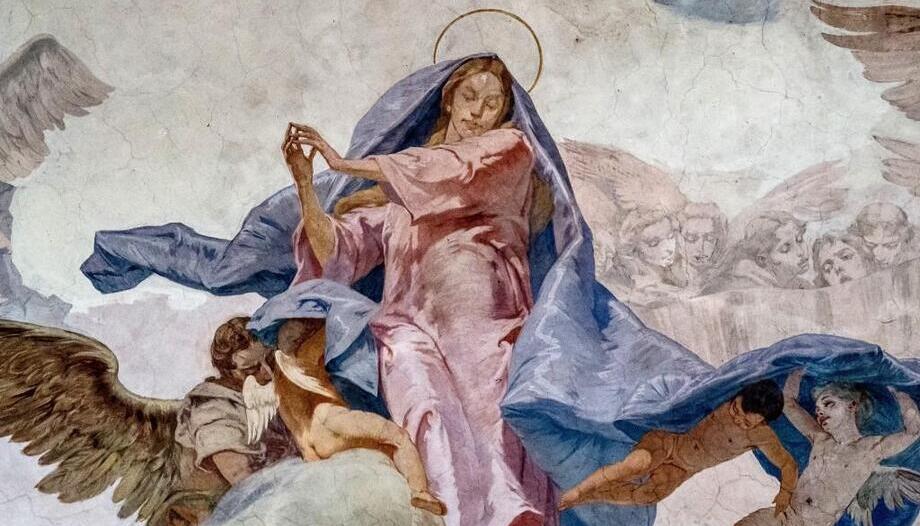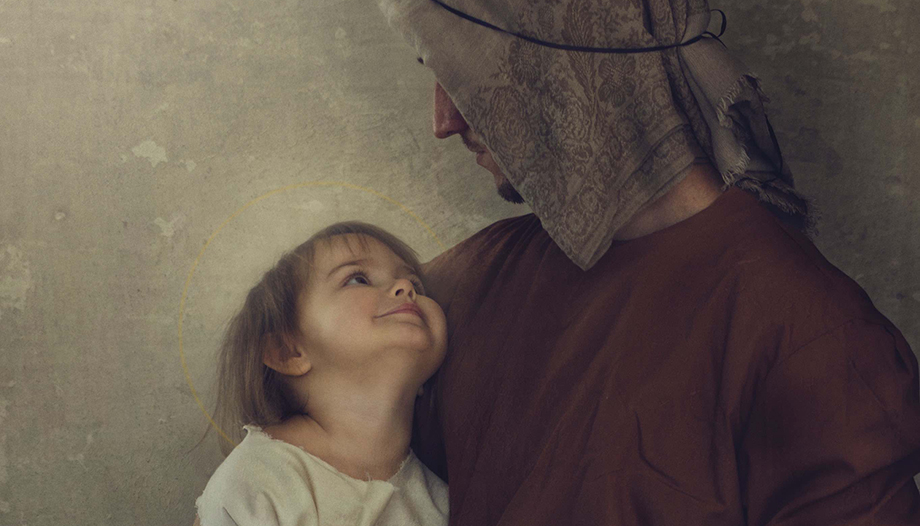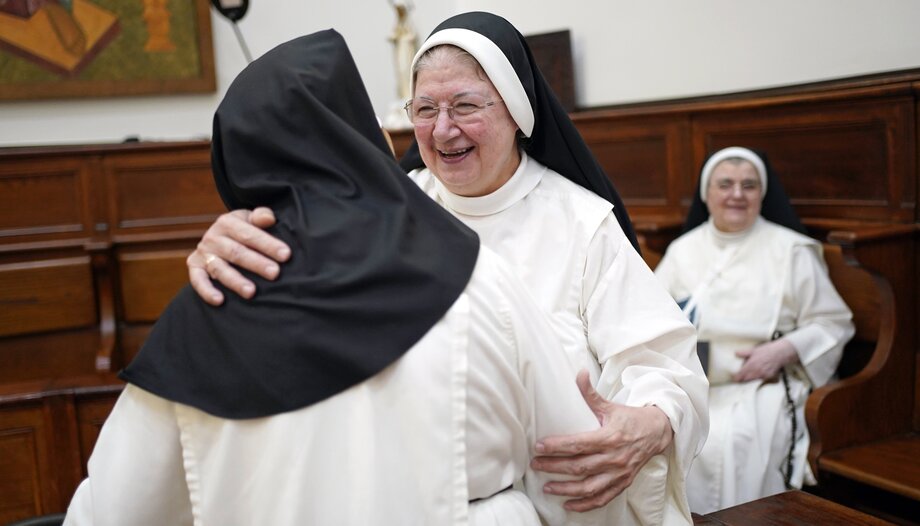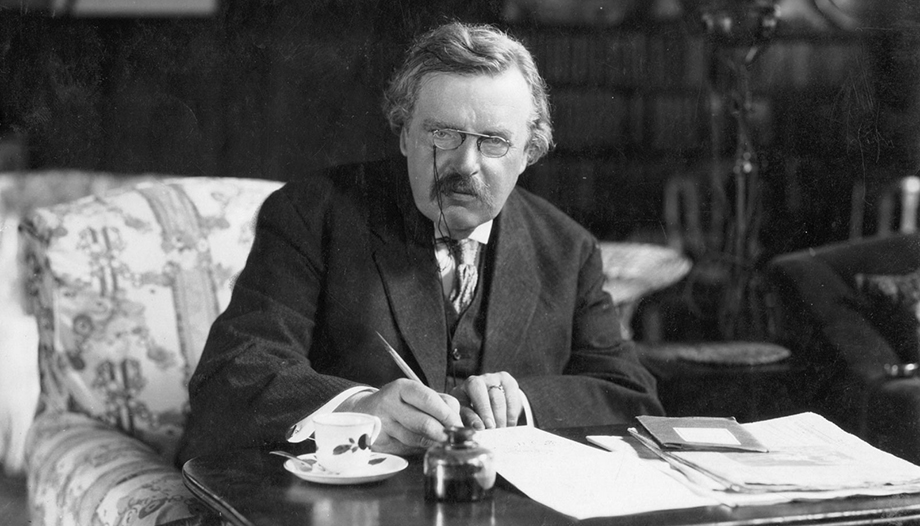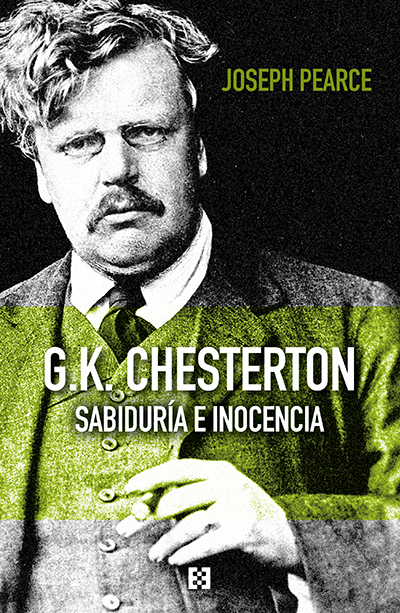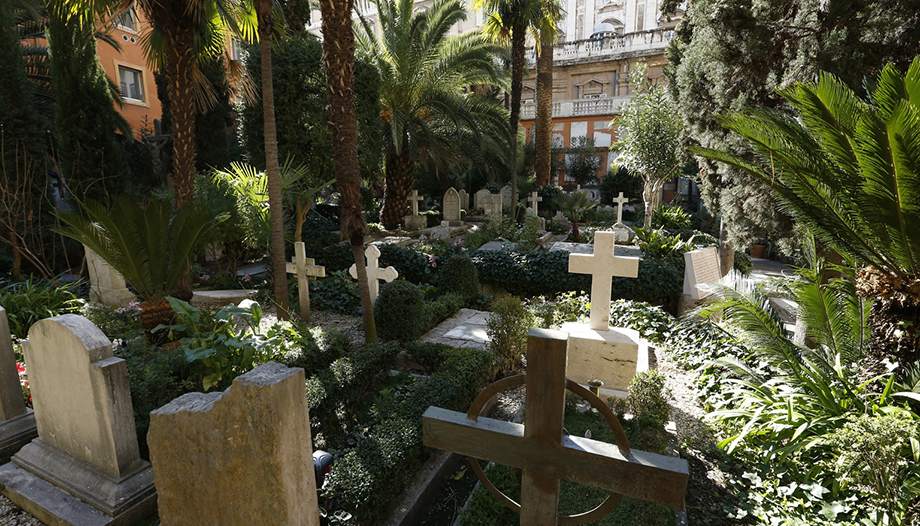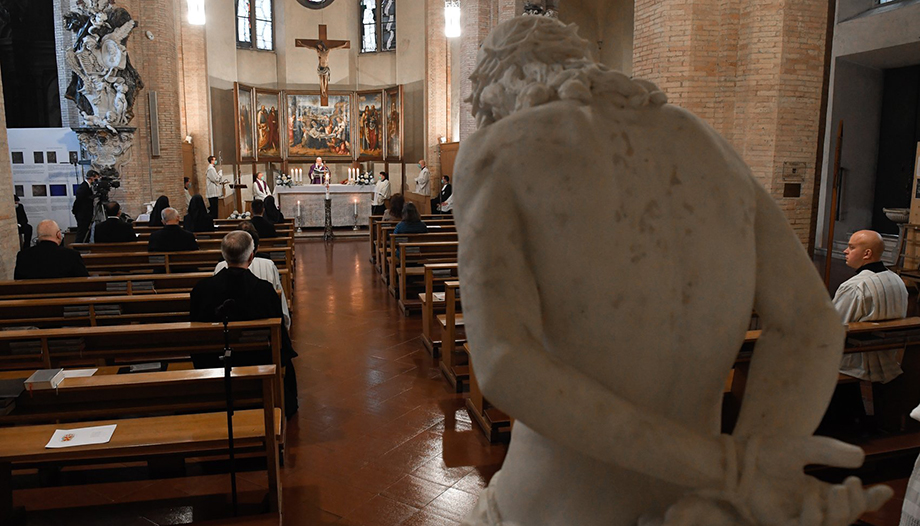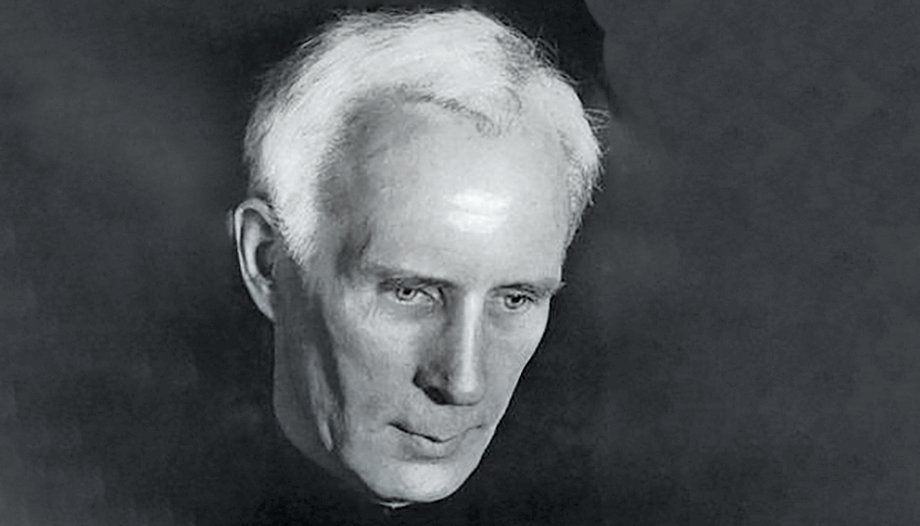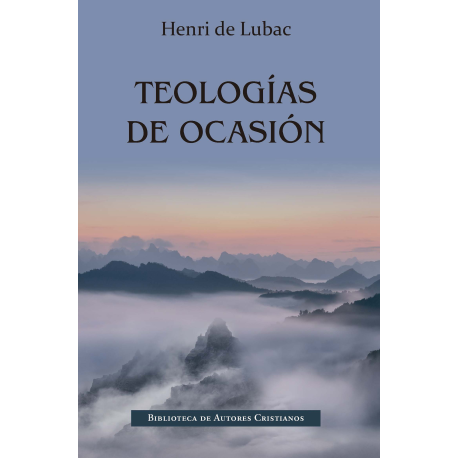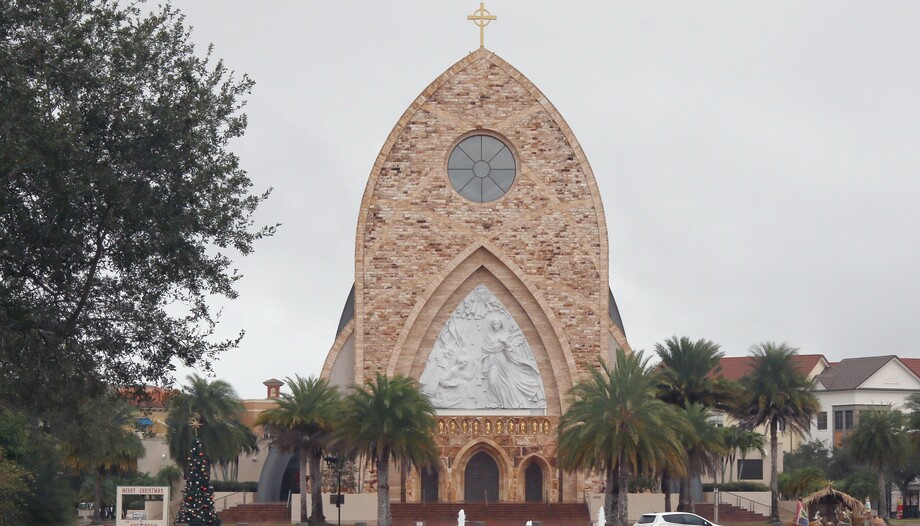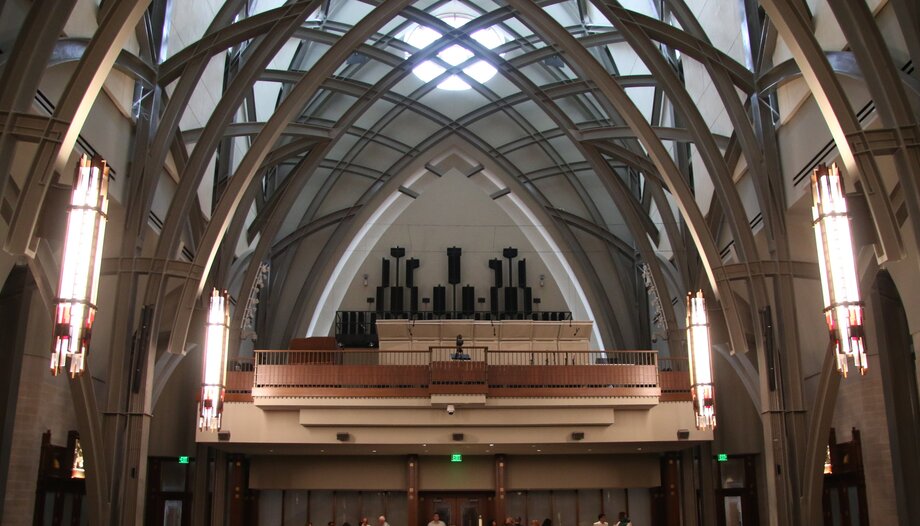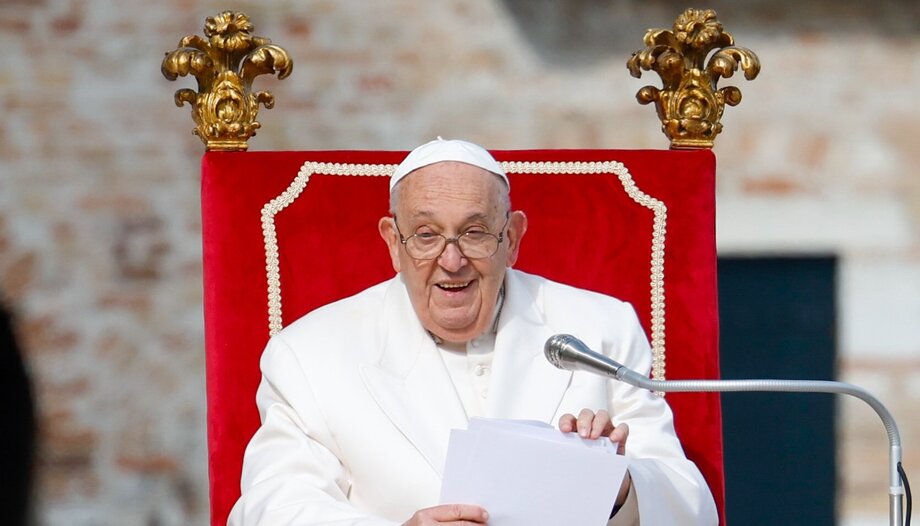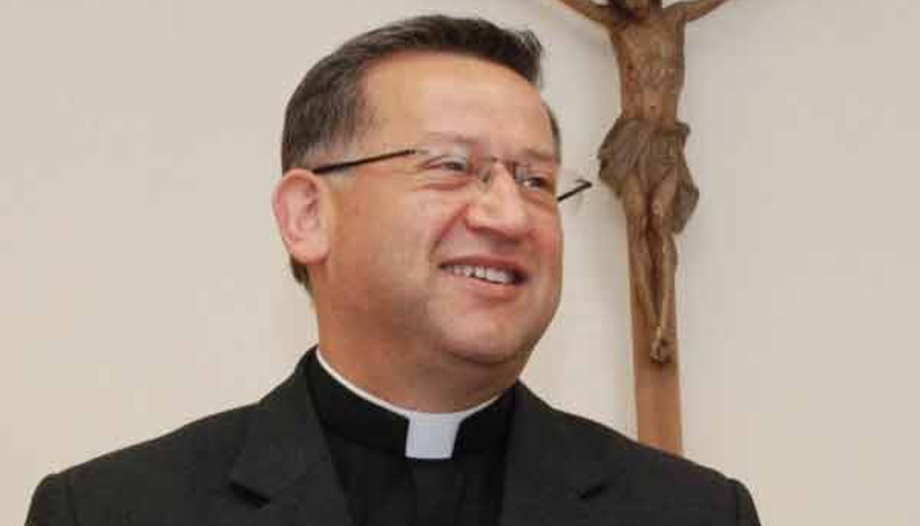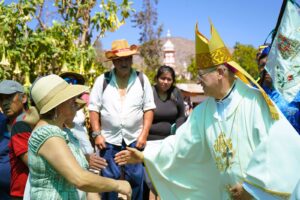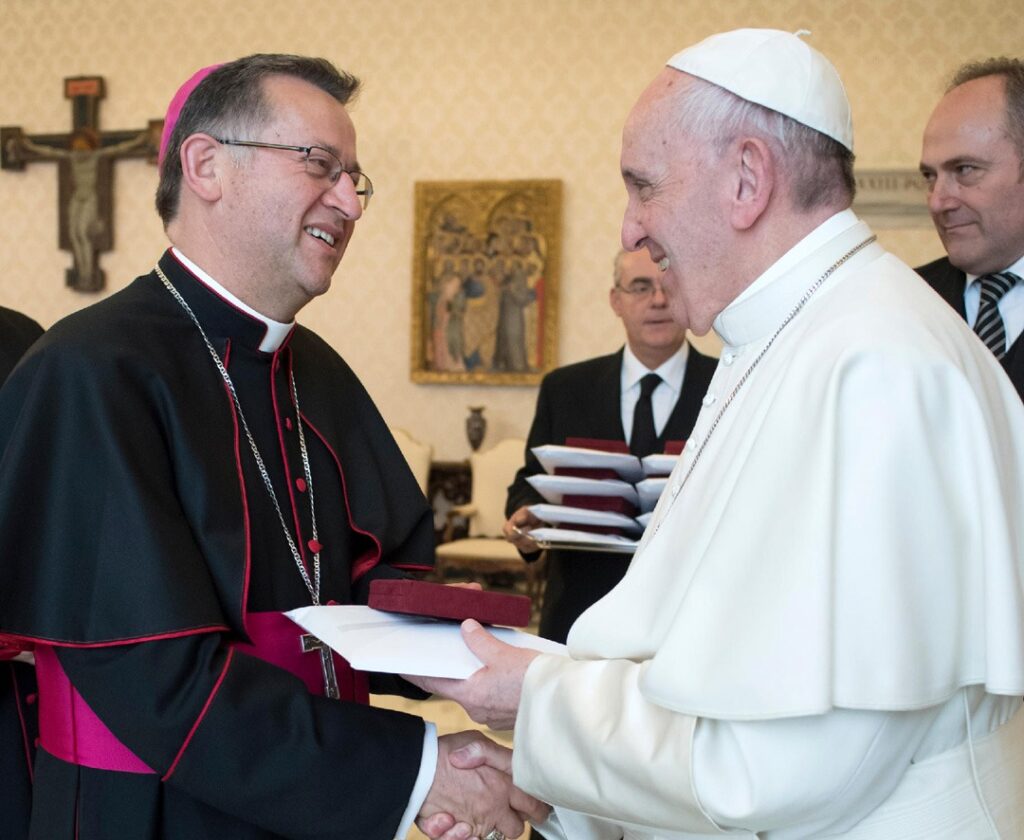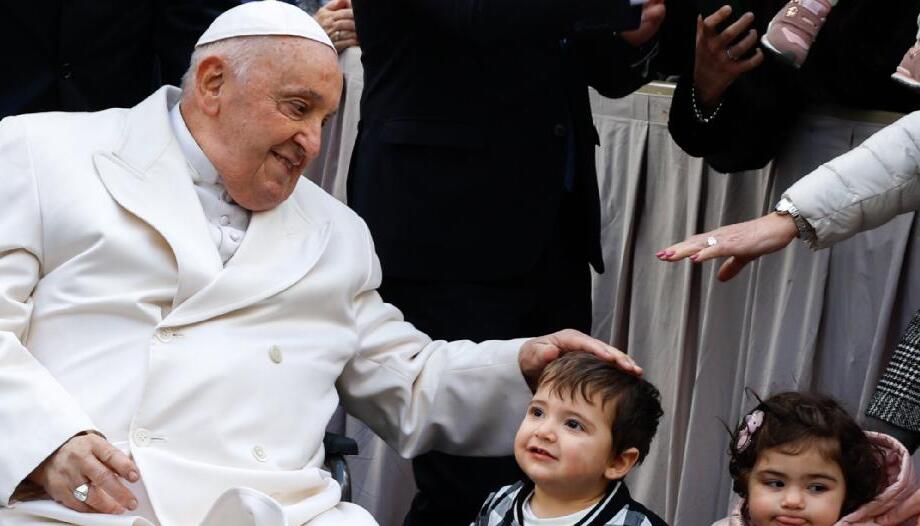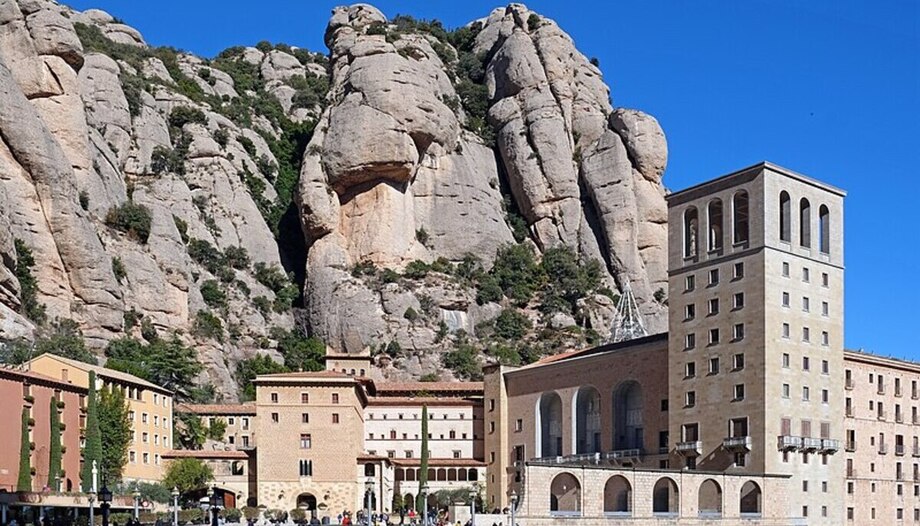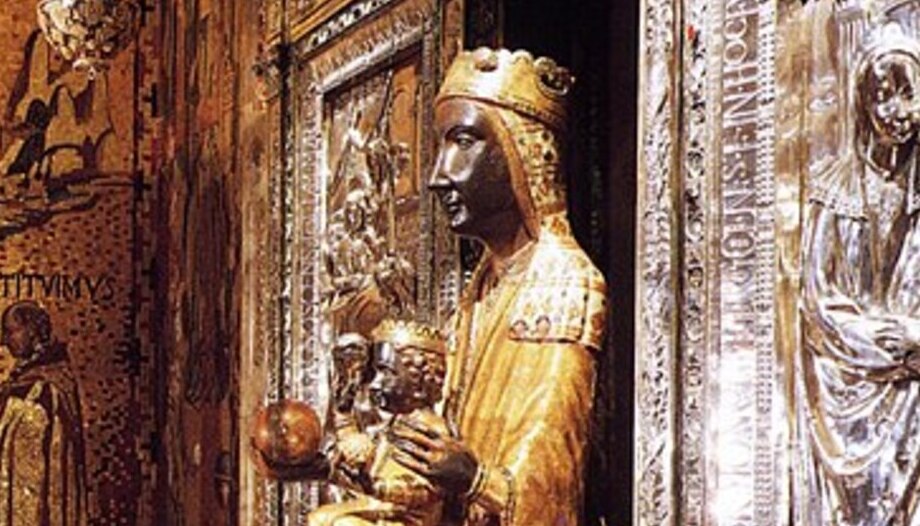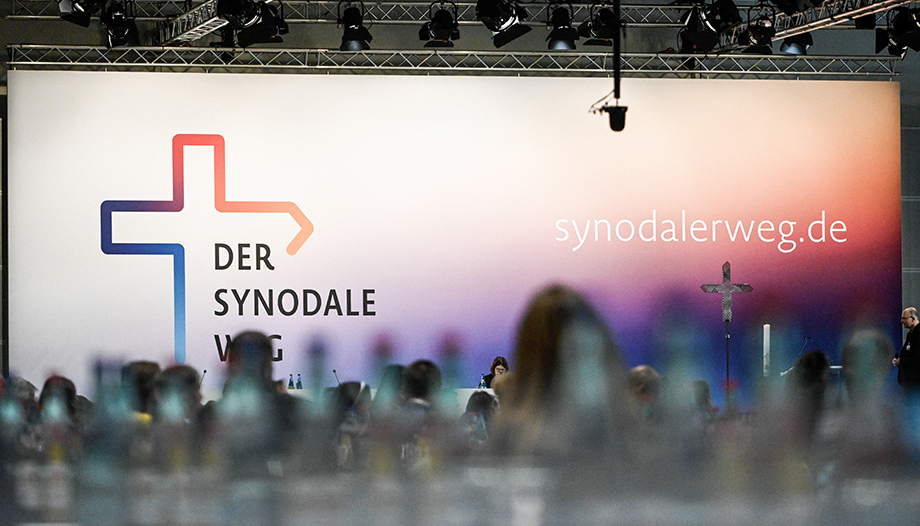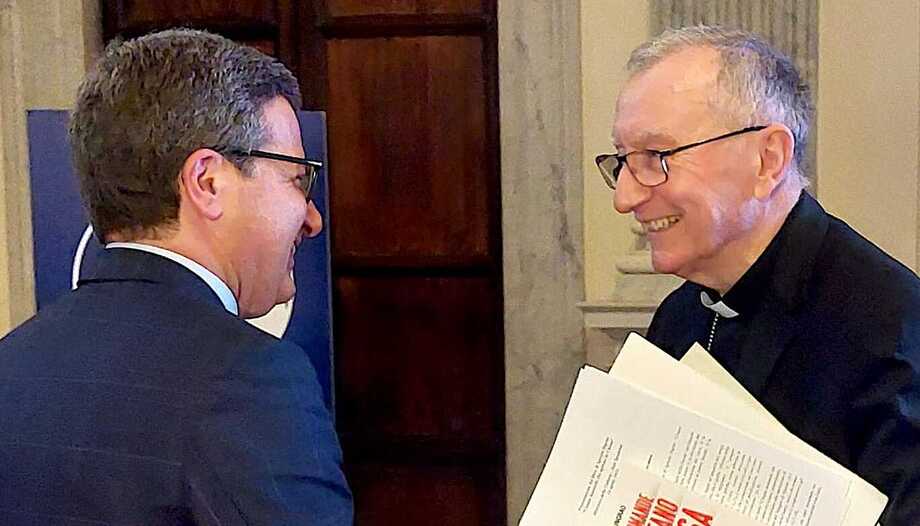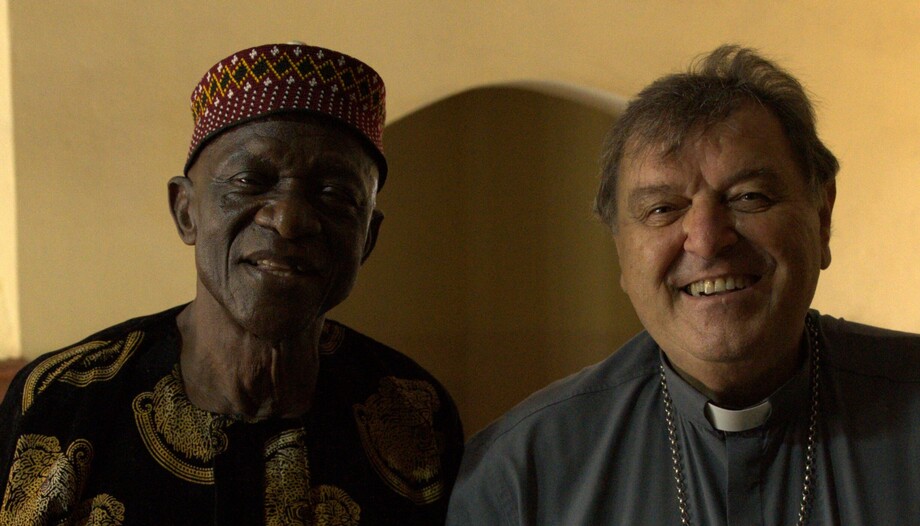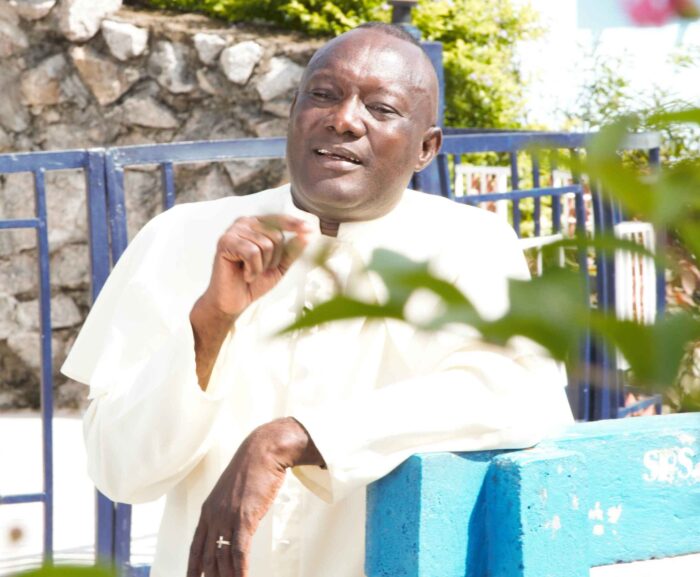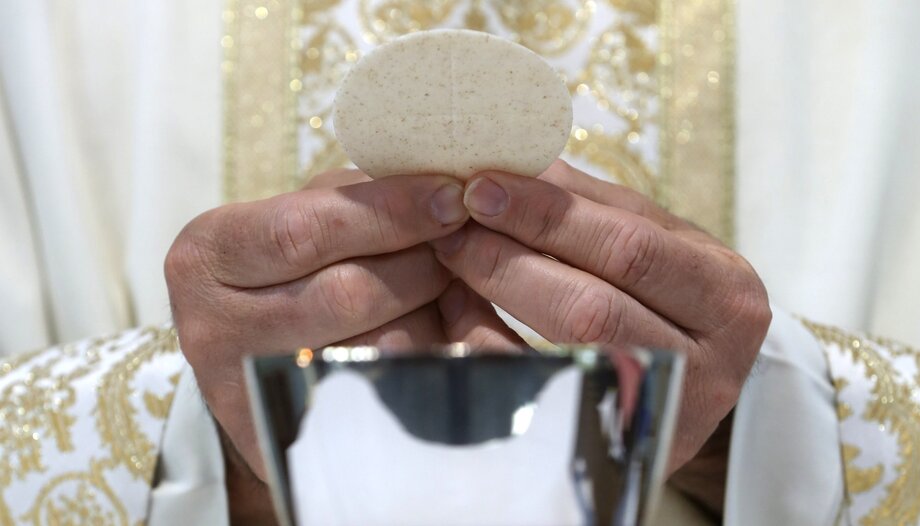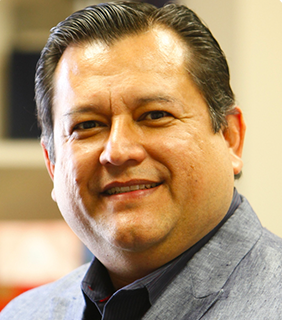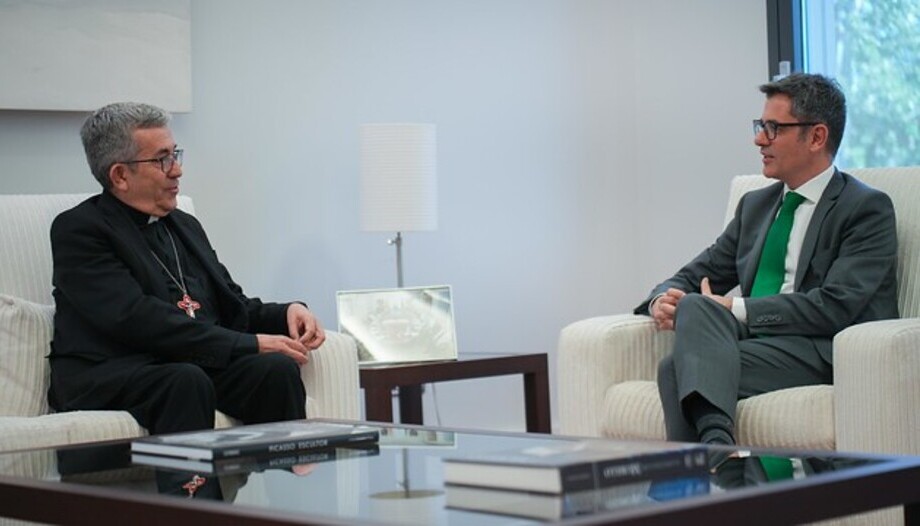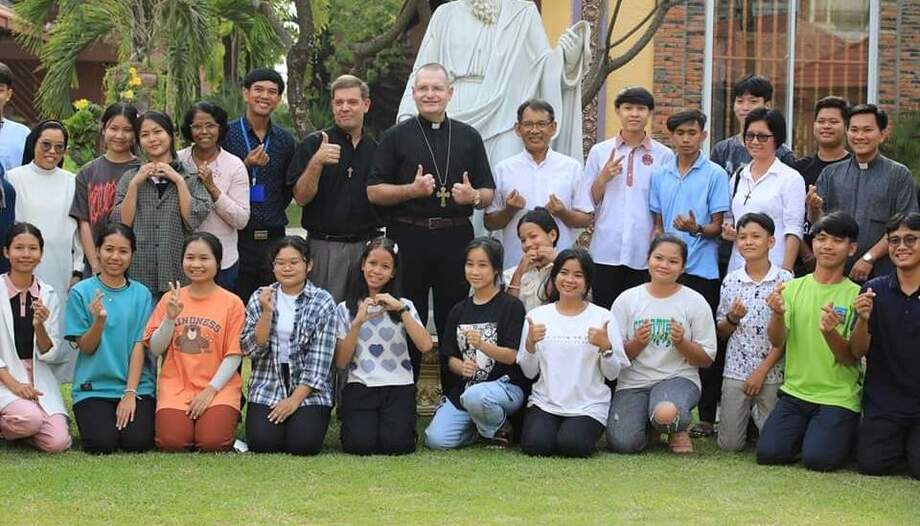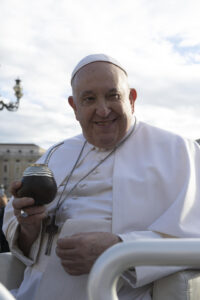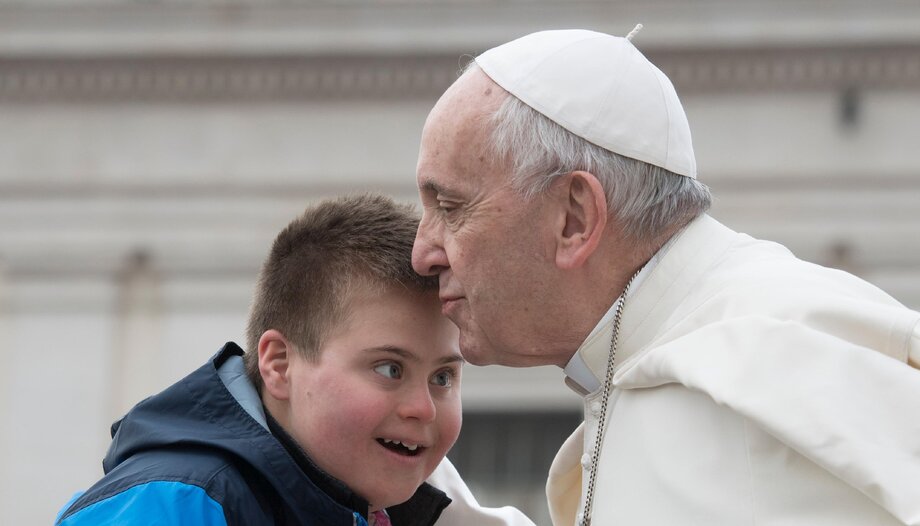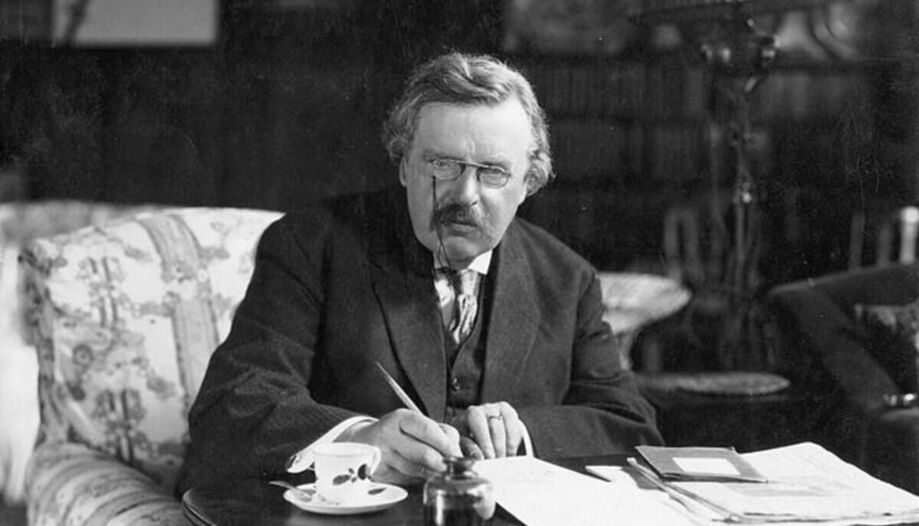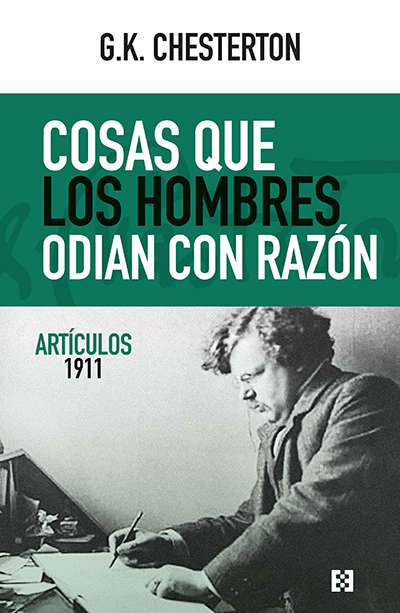On the feast of Our Lady of Luján, patroness of Argentina, Pope Francis reflected on the Audience this morning, in the cycle on the vices and virtues, on the theological virtue of hope, with an image of Our Lady of LujánThe patron saint of Argentina, whose feast day is today, May 8.
References to the Virgin Mary, to the month of May, and to the prayer of the rosary were numerous this morning, in an Audience held on the eve of the Solemnity of the Ascension of the Lord and of the Bull of Convocation of the Jubilee of 2025, which the Holy Father will read tomorrow, Thursday 9, at 5:30 p.m. in St. Peter's Basilica.
Praying to Our Lady for peace, valuing the rosary
For example, in addressing the pilgrims in Spanish, the Pontiff mentioned the feast of Our Lady of Luján, to whom he prayed for Argentina, "so that the Lord may help you on your journey". Later, he stated that "today the Church raises the prayer of supplication to Our Lady of the Rosary of Pompeii. I invite everyone to invoke the intercession of Mary, so that the Lord may grant peace to the whole world, especially to the beloved and tormented Ukraine, to Palestine and Israel, to Myanmar".
"I entrust in particular to our Mother the young, the sick, the elderly and the newlyweds who are present here today, and I exhort everyone to value the prayer of the Holy Rosary in this month of May," he said.
Ascension of the Lord: raising our eyes to heaven
Earlier, the Pope reminded English-speaking pilgrims of the Feast of the Ascension of the Lord: "I greet all English-speaking pilgrims and visitors participating in today's Audience, especially those from Cameroon, India, the Philippines and the United States of America. As we prepare to celebrate the Solemnity of the Ascension, I invoke upon you and your families the joy and peace of our Lord Jesus Christ, risen and ascended into heaven. May the Lord bless you all".
To the German-speaking people, he said: "Dear brothers and sisters, the imminent Solemnity of the Ascension urges us to raise our eyes to heaven, where Christ is seated at the right hand of the Father and has prepared a place for each one of us. Let us therefore live the Gospel and direct our thoughts to the things that are above (cf. Col 3:2)."
St. Stanislaus, intercessor for peace
Francis also mentioned, in this case to Polish pilgrims, that "today you celebrate the Solemnity of St. Stanislaus, bishop and martyr, patron of your homeland. St. John Paul II wrote of him that from the heights of heaven he participated in the sufferings and hopes of your nation, sustaining its survival especially during the Second World War. May the intercession of St. Stanislaus obtain also today the gift of peace in Europe and in the whole world, especially in Ukraine and in the Middle East.
Hope: the answer Christ gives us
The reading that served as the basis for the Pontiff's meditation was an excerpt from the Letter of the Apostle Paul to the Romans, 8, 18, 23 and 24, in which St. Paul writes that "in hope we have been saved".
The Pope began his meditation in this way: "Today we reflect on the virtue of hope. The Catechism of the Catholic Church defines it thus: 'Hope is the theological virtue by which we aspire to the Kingdom of heaven and eternal life as our happiness, placing our trust in the promises of Christ and relying not on our own strength, but on the help of the grace of the Holy Spirit' (n. 1817). These words confirm that hope is the answer offered to our heart when the absolute question arises in us: 'What will become of me? What is the destiny of the journey? What is the destiny of the world?'" (n. 1817).
Francis then summarized that in the face of these transcendental questions "about the destiny of our life and of the world, hope is the answer that Christ gives us. With it, we can live our present with joy and serenity, because Jesus assures us of a reliable future and a luminous horizon. Without hope, however, man lives in sadness and falls into despair".
Let us not forget that God is merciful
"We all realize that a negative answer to these questions produces sadness. If there is no meaning in the journey of life, if there is nothing at the beginning or at the end, then we wonder why we should walk: hence arises human despair, the feeling of the futility of it all. And many might rebel: 'I have striven to be virtuous, to be prudent, just, strong, temperate. I have also been a man or woman of faith.... What good has my struggle done?'"
He then cited Benedict XVI in his encyclical Spe salvi. "If hope is lacking, all the other virtues run the risk of crumbling into ashes. If there were no reliable tomorrow, no luminous horizon, all that would remain would be to conclude that virtue is a futile effort. Only when the future is certain as a positive reality does the present also become bearable," wrote his predecessor.
"We sin against hope when we remain anchored in the past, forgetting that God loves us, that he is merciful and greater than our heart; we sin when we do not have the courage to make decisions that commit us for life," the Holy Father stressed.
"Our bad nostalgias, our melancholies."
"Hope is a virtue against which we often sin," the Pope reiterated. "In our bad nostalgia, in our melancholy, when we think that past happinesses are buried forever. We sin against hope when we become despondent over our sins, forgetting that God is merciful and greater than our hearts. We sin against hope when in us autumn cancels out spring; when the love of God ceases to be an eternal fire and we lack the courage to make decisions that commit us for life".
The world needs this Christian virtue
"Today's world is in such great need of this Christian virtue!" he exclaimed. "Just as it also needs so much patience, a virtue that walks hand in hand with hope. Patient human beings are weavers of good. They stubbornly desire peace, and although some are in a hurry and would like everything and everything now, patience has the capacity to wait. Even when many around them have succumbed to disillusionment, those who are animated by hope and are patient are able to go through the darkest nights".
May the Lord make our hope and patience grow, "so that we may be artisans of peace and goodness in a world that is in great need of this virtue. May Jesus bless you and the Holy Virgin watch over you," the Pope concluded.





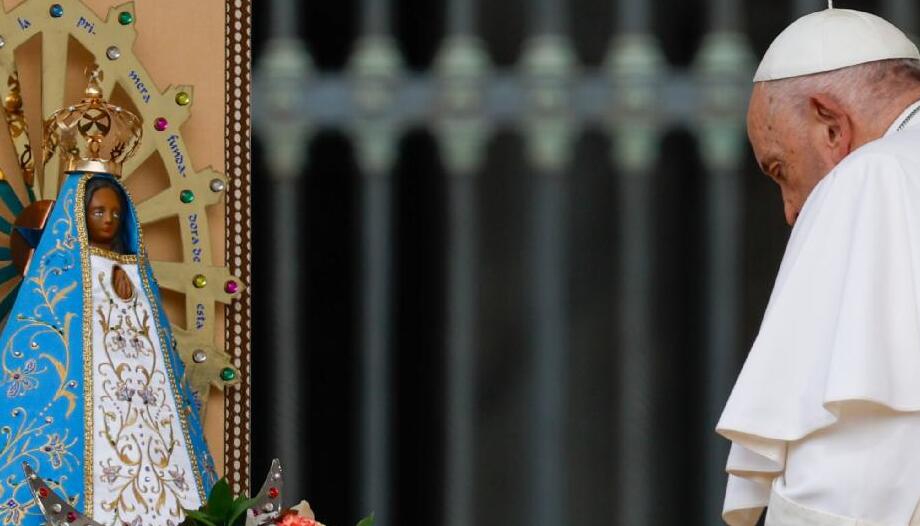





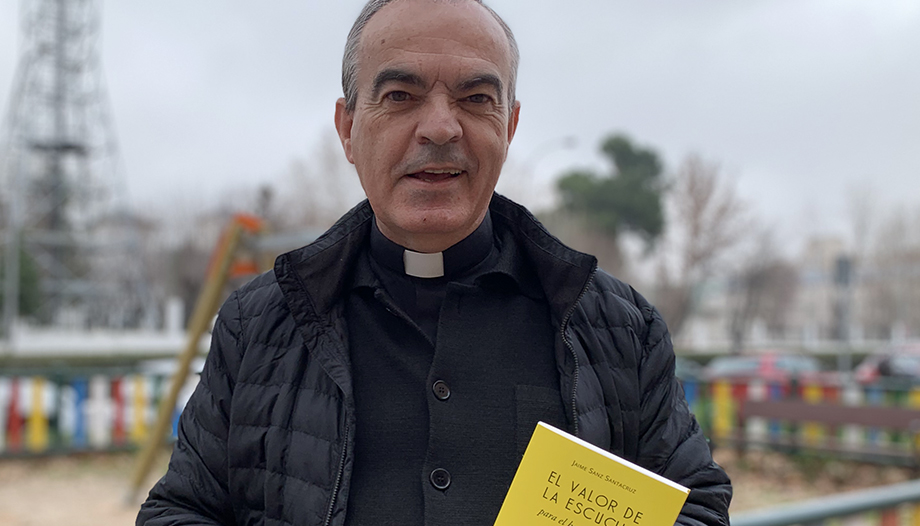
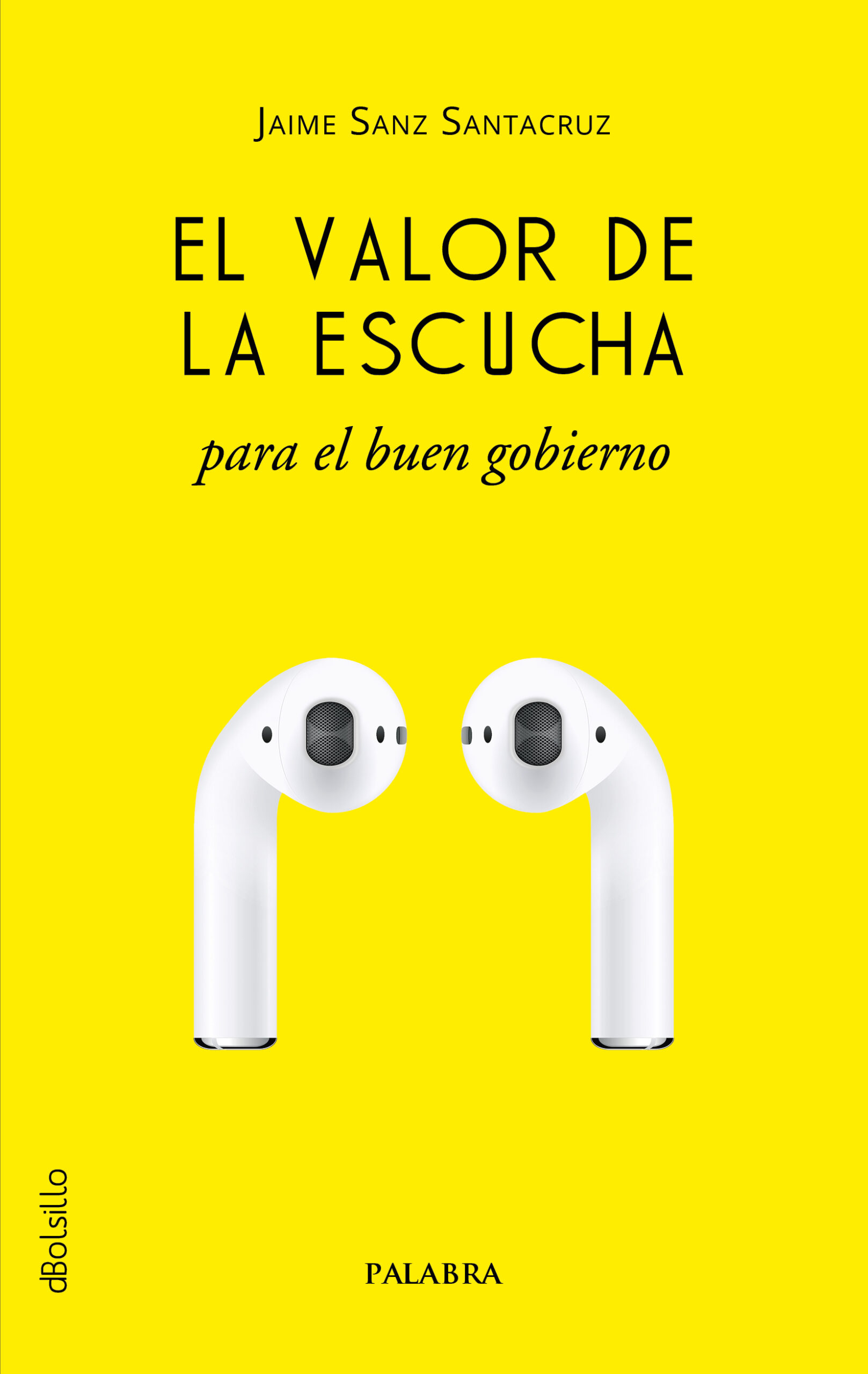

 Love is not loved
Love is not loved